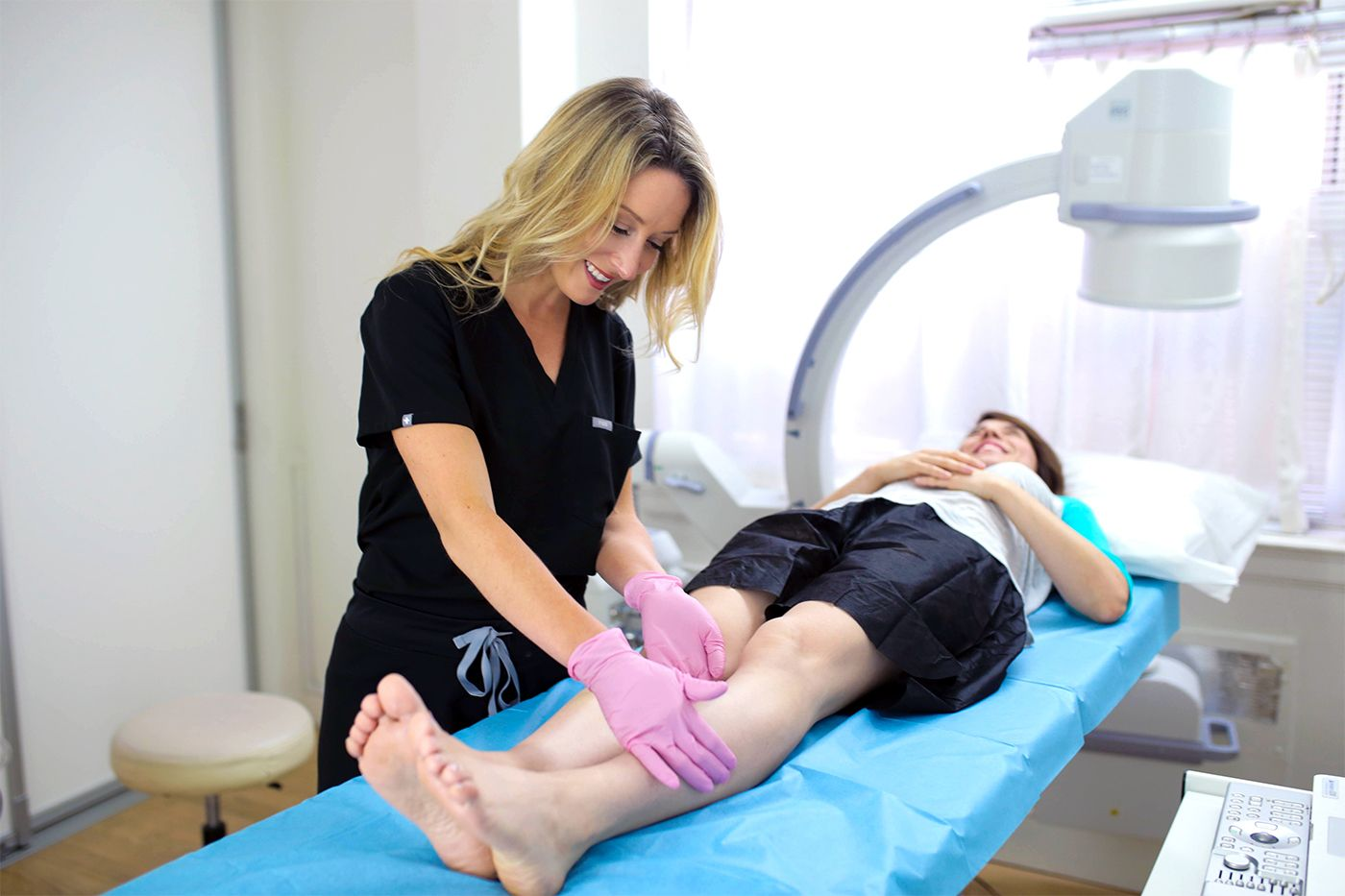Restless Leg Syndrome: Causes, Symptoms, and Treatment
When I first heard about the restless leg syndrome (RLS), I was shocked and thought it was a joke. But a few months later I came to know about a colleague who had the symptoms of RLS.

So what is restless leg syndrome? Restless leg syndrome also known as Willis-Ekbom disorder is characterized by an involuntary leg movement.
With the increasing stress and anxiety, we all feel restless and uneasy a lot of times. Restless leg syndrome is a condition that occurs due to uncomfortable sensation in legs that generally happens while sleeping. The movement in the legs eases the feeling temporary.
Restless leg causes disrupt sleep and an irresistible urge to move the legs. It is considered a disorder of the part of the nervous system causing crawling and tingling sensation. These sensations if avoided can be annoying at first and may lead to excruciating pain. The sensations can sometimes affect the upper torso as well.
Leg spasm or legs cramp is something that we all have suffered from. Cramps or spasm occurs when there is involuntary muscle contraction. It is common through all aged at present, though more frequently happens at old age. The most common symptom associated with leg cramps is dehydration. Leg spasm may last from a few seconds to about 15 minutes. Leg cramps pain especially in the calf and thighs and sometimes causes unbearable pain.
Legs movement at night can lead to Periodic limb movement disorder (PLMD) which is repetitive cramping in the legs during sleep. IT usually occurs in sleep and is repetitively occurring every 30-60 seconds. It is often linked to restless leg syndrome but it differs in symptoms. The restless syndrome may occur even when you are awake, but PLMD occurs while you are asleep.
What causes Restless Leg Syndrome?
The specific causes of restless leg syndrome are not known but the evidence suggests that it is caused due to basal ganglia. Basal ganglia are strongly bonded to the cerebral cortex and perform a variety of functions such as control of voluntary movement and others. Damage to basal ganglia may lead to problems in movement and posture.
Restless leg syndrome is generally associated with abnormalities in brain chemicals or the central nervous system that help regulate voluntary movements in parts of the body. The research is been done in the field to know more about the specific causes.
There are many deficiencies associated with restless leg syndromes such as iron deficiency, kidney disease and sometimes deficiency during pregnancy.
Treatment for restless leg Syndrome is not certain as the causes of the restless leg syndrome haven't been identified yet. Although there are treatments that help relieve the pain.
The first and foremost thing to remember is to look after the food you take. In order to relieve your symptoms, you must stay away from alcohol, caffeine or nicotine.
If you’re taking any medications, please check them with your doctor to enquire if any of those medications are causing the problem.
If you’re dealing with underlying medical conditions such as anaemia, varicose veins, diabetes, and others, you must get the treatment.
Ask for dietary supplements from your doctor to maintain the vitamins, minerals or calcium efficiency in your body.
If needed you may get physical therapy and exercise regularly such as stretching, walking, stimulation of feet and toes before bedtime, etc.
There are various medications that help during the Restless leg treatment such as Dopamine agonists, Dopaminergic agents such as Sinemet, Benzodiazepines, Opiates, and others.
Consult a physician before taking any mentioned medicines. If you have any such conditions, it would be better that you get tested from a good doctor as soon as possible.
Article Source : https://veintreatmentspecialist.tumblr.com/post/186087199375/restless-leg-syndrome-causes-symptoms-and



